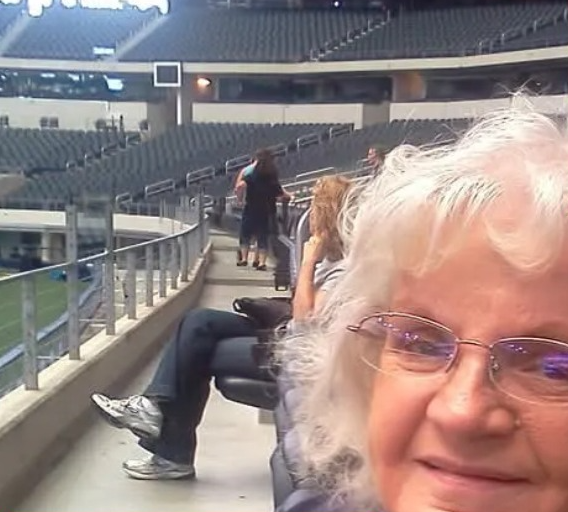The flames never left their memories. They lived in the cracks of every family photograph, in the tremble of every retold story, in the silence that settled whenever Nancy Harris’s name was spoken aloud. A great-grandmother, gentle and stubborn in equal measure, burned alive in a quiet Texas suburb—an act so brutal that even those who had never met her felt a kind of distant ache at the thought of it.
And then there was him.
A crack-fueled robber who once described himself as “the lowest scum of the earth,” a man who spent his life drifting between addiction, violence, and the ache of a childhood that never gave him a chance to become anything else. His name would one day echo through courtrooms, news reports, and family gatherings—spoken not with hatred alone, but with a complicated mix of anger, sorrow, and disbelief. Between them stretched years of legal battles, four generations of grief, and a death chamber waiting in Huntsville.
Tonight, justice and mercy collide. And only one of them will walk out alive.
The question of which one deserves to—well, that depends on who you ask.
Thirteen years after Nancy Harris staggered out of that Garland convenience store—skin burning, voice cracking, her final living moments marked by unimaginable pain—the state of Texas delivered its own final act. The memories of that night had never faded: the way she lifted her hands toward the paramedics, the fragments of words she managed to speak, the determination in her eyes even as her body failed. Her family clung to those last moments, not because they wanted to, but because the human mind refuses to let go of trauma that violent.
Matthew Lee Johnson lay strapped to a gurney, the fluorescent lights above him as unforgiving as the security footage that had sealed his fate. He had spent years replaying it all—every choice, every mistake, every ghost that followed him into the courtroom. His final hours were quiet. Not peaceful—just quiet, in that heavy way moments become when the end is certain.
He admitted what he had done.
He apologized again, as he had so many times before.
He begged for forgiveness—not from the courts, but from the people who would never again see their mother, their grandmother, their family matriarch walk across a room.
He also carried a lifetime of addiction, neglect, and abuse—histories that courts list in files but never heal. In another life, maybe things would have been different. In this one, the path ended here, with straps tightening across his arms and legs, and witnesses watching through thick glass.
For Harris’s sprawling family—children, grandchildren, great-grandchildren—the execution was not a victory. There was no celebration, no sense of triumphant closure. It was simply an ending. A full stop at the end of a chapter that had gone on too long and left too many wounds that would never fully close.
The law called it justice.
The paperwork called it procedure.
Politicians called it accountability.
But others—people who had studied trauma, addiction, generational harm—saw something different. Another life extinguished. Another broken human being whose story ended in chemicals and fluorescent light. Another execution added to a calendar that seemed to stretch endlessly across the American map.
And as more executions lined up across the country, each one reopened the same wound, the same argument, the same impossible question:
Does a death in the name of the victim ever truly quiet the fire that started it?
Or does it simply pass the flame forward, leaving everyone—families, courts, witnesses, the entire nation—staring into a darkness that punishment alone can never fully light?
